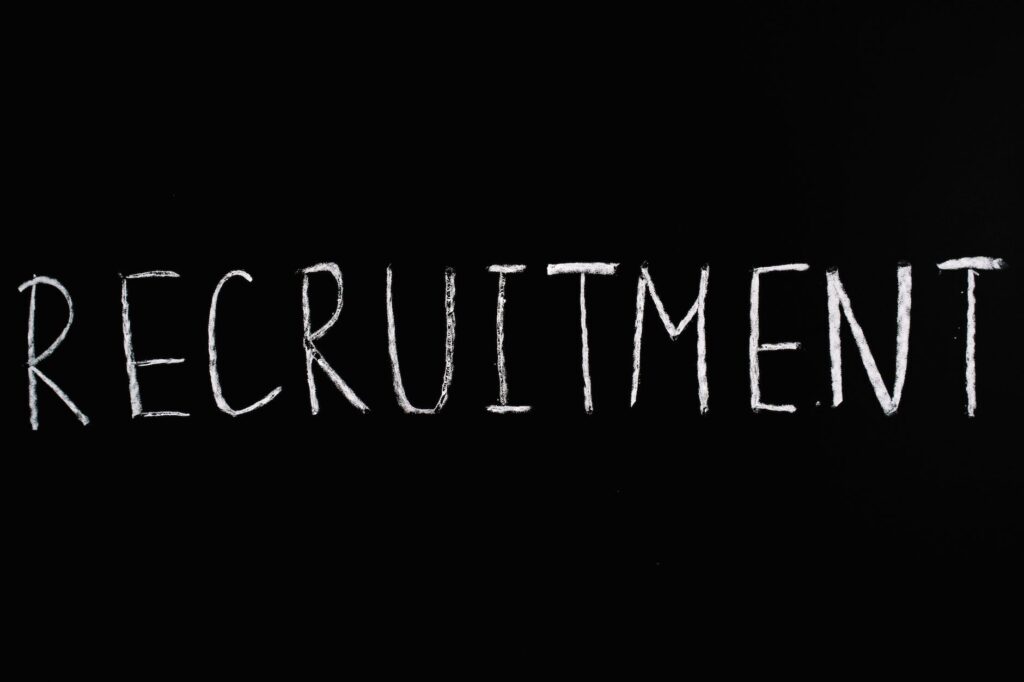Hello there, business aficionados! Have you ever looked back on how recruitment used to work back in the day? Newspaper ads, walk-ins, and endless paperwork—it feels almost like a period drama. Fast-forward to today, and the world of business recruitment has changed dramatically. Thanks to the advent of digital technology, social media, and advanced algorithms, the way companies search for, engage with, and onboard talent has undergone a massive transformation.
As businesses evolve and adapt to the changing global landscape, so does the need for effective recruitment strategies. Let’s be real; nobody has time to sift through stacks of resumes manually. Companies need to be quick on their feet and incredibly precise to snatch up the best talent in the market.
The Digital Transformation of Recruitment
Alright, let’s get into the good stuff: how the digital era is redefining the recruitment game. If you thought online job boards were the pinnacle of recruitment technology, oh boy, are you in for a treat.
The Rise of the Machines (Kinda)
No, we’re not talking about a robot uprising (yet), but the role of Artificial Intelligence and Machine Learning in recruitment is too significant to ignore. These technologies help sift through tons of applications, scanning for keywords and qualifications, to identify the most promising candidates. Efficiency? Check. Accuracy? Double-check.
Software and Algorithms: The New Recruiters?
You bet. Platforms now offer features that not only screen applicants but also conduct initial rounds of interviews, manage follow-ups, and even predict how well a candidate will fit into the company culture. You can quite literally “swipe right” on your future star employee!
Data-Driven Decisions
Gone are the days of gut feelings and hunches. Today’s recruitment is backed by hard data. Whether it’s using analytics to understand the most effective channels for job ads or tracking the performance of new hires, data is your new best friend in making informed decisions.
Social Media: More than Just Cat Videos
Social media platforms are now key players in recruitment, allowing you to reach potential candidates you might not find through traditional channels. And it’s not just LinkedIn; platforms like Twitter and even Instagram are getting in on the action.
Talent Pipeline Management: A Strategic Approach
So, you’ve got all these high-tech tools at your disposal. That’s great, but how do you manage the flow of talent from first contact to final onboarding? Enter the not-so-secret weapon of modern recruitment: talent pipeline management.
What Is Talent Pipeline Management Anyway?
In a nutshell, talent pipeline management is about creating a steady stream of qualified candidates ready to fill roles as they open up. Think of it as your talent reservoir. You don’t want to start the hunt from scratch each time a position opens; instead, you want a well-oiled machine that continually cultivates and nurtures potential hires.
The Pipeline Stages
This isn’t a ‘one and done’ deal. Managing your talent pipeline involves several stages—from sourcing and initial contact, through engagement and pre-screening, to interviews and offers. Each stage needs to be meticulously planned and executed.
Leveraging Technology
Ah, back to our favorite subject—tech. Software platforms today offer robust features for talent pipeline management. They can track interactions, schedule touchpoints, and even gauge the interest level of prospective candidates. What once took days of manual labor can now be automated, freeing you up to focus on the human elements of recruitment.
Keeping it Fresh
A stagnant pool breeds mosquitoes; a stagnant pipeline breeds missed opportunities. Consistent updates and re-engagement are key to keeping your talent pipeline fresh and relevant. Don’t just set it and forget it; actively manage it to ensure you’re always in sync with your organization’s evolving needs.
Ethical Considerations in Modern Recruitment
Alright, we’ve talked tech, we’ve talked strategy, but let’s not forget about ethics. In a world driven by data and algorithms, it’s easy to overlook the human side of things. Here’s why you shouldn’t.
Bias in Algorithms
Even the most advanced machine learning models can perpetuate existing biases in the recruitment process. From gender to ethnicity to socio-economic background, you need to ensure your tech isn’t inadvertently discriminating.
Transparency with Candidates
Ever been ghosted by a company after an interview? Not fun, right? As business, it’s your ethical responsibility to keep candidates informed about their status in the recruitment process.
Data Privacy
You’re dealing with a lot of personal information here. Ensuring that your systems are secure and that candidates’ data is protected is not just a legal requirement—it’s an ethical one.
Remote Work and Equal Opportunity
With remote work becoming more prevalent, it opens the doors to a global talent pool. It’s critical to offer equal opportunities to all, irrespective of their geographic location.
Ethical recruitment isn’t just the right thing to do; it’s also good for business. A transparent, fair, and unbiased recruitment process will only serve to attract more qualified and engaged candidates.
Final Words
Well, folks, we’ve navigated the complex waters of modern recruitment, from embracing digital technology to strategically managing talent pipelines and even touching on ethical considerations. The key takeaway? Recruitment today is far more than just posting a job ad and waiting for resumes to flood your inbox. It’s a multifaceted, ever-evolving field that requires a strategic, tech-savvy, and ethical approach.
The world of recruitment is not static; it continues to evolve with technological advancements and societal changes. Staying updated is not a luxury; it’s a necessity. Whether you’re a startup, a growing business, or an established enterprise, the principles of effective recruitment are universal.
Invest in the right technology, focus on building a robust talent pipeline, and never compromise on ethics. Do these things, and you’re not just recruiting—you’re building the future of your company.

